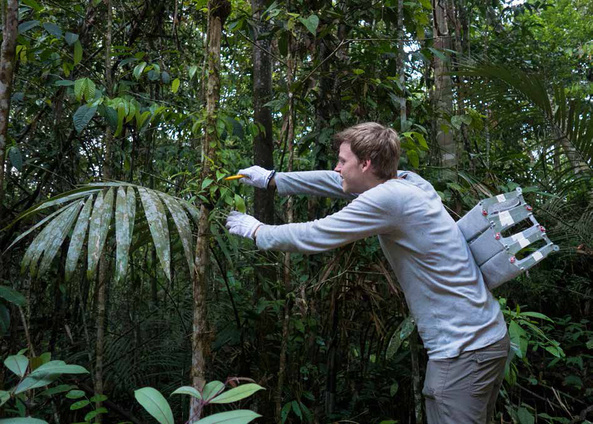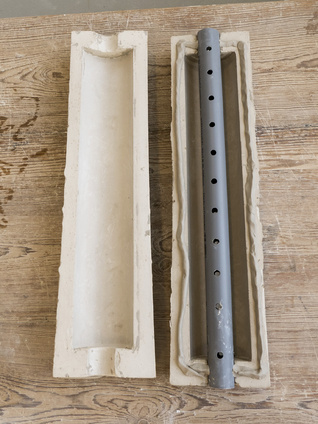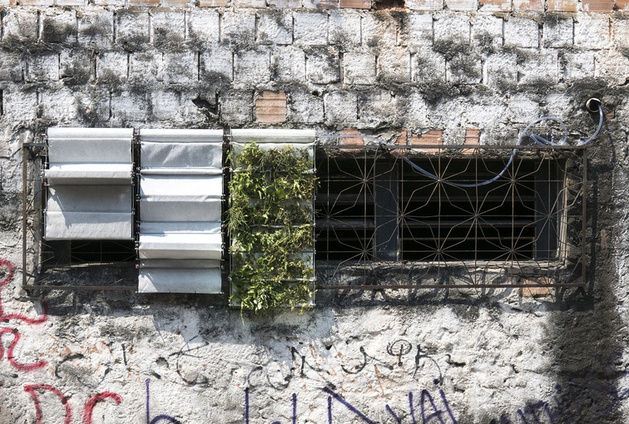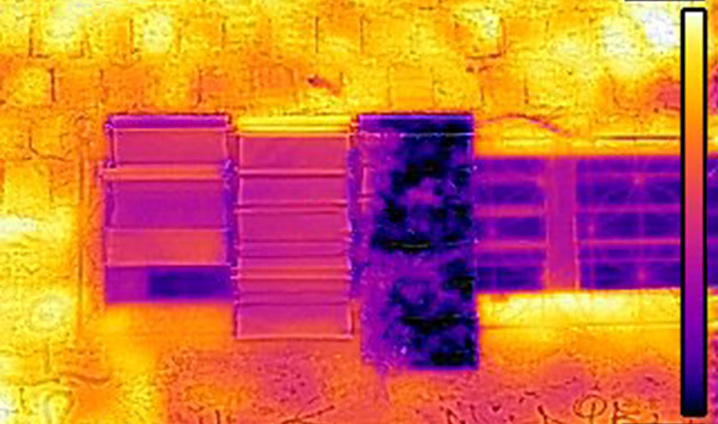One of the highlights of the Circular Economy in Architecture and Design exhibition is the project, ‘Biological Conditioning: Utilising Microclimates of Epiphytic Growth’. It is the work of Johan Steenberg, a graduate of the Architecture and Extreme Environments programme. Johan explored whether it is possible to replace polluting air conditioning systems with plants to create a pleasant indoor climate.
The project focuses on the million city of Manaus, which is located in the middle of the Brazilian rainforest. Due to its location and layout the city creates an unfavourable microclimate, in which the temperature is higher, and the humidity lower than in the surrounding rainforest.
The condition is exacerbated by the thousands of air conditioners that are switched on every day to reduce the temperature in the city’s houses. They use huge amounts of electricity and pose a health risk, because bacteria and fungi settle in their filters.
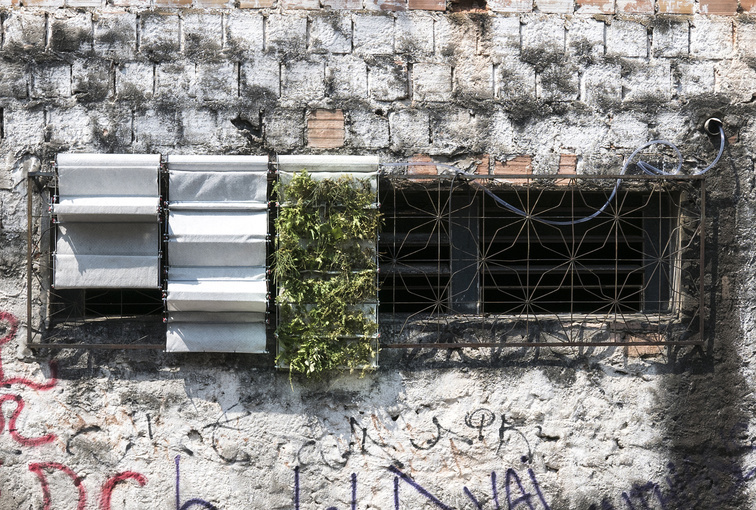
The project explores how the integration of plants in architecture, which simultaneously promotes the growth of the plants, can draw on nature’s own cooling mechanisms, thereby creating a favourable and pleasant indoor climate – without the use of electricity and environmentally harmful air conditioning.
So the project questions the traditional perception of technology as a man-made, artificial thing and examines how nature’s systems can be regarded as a ‘natural technology’.


